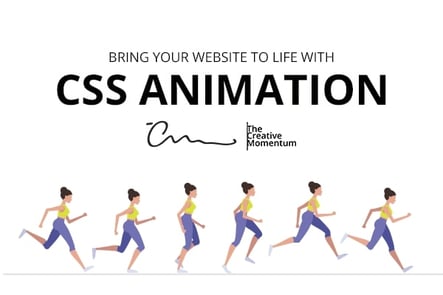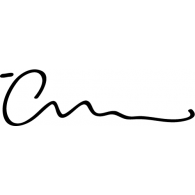
The web has come a long way from the clunky gifs that would often fail to load on Geocities. CSS animation has been building a reputation for itself as a design industry darling for some time now and not without good reason. There are unique benefits to using CSS animation in your web design in regards to functionality, UX design, and style.
Strengths of CSS Animation
- Cross Compatible: CSS animations work in all modern browsers. Older browser versions like IE9 and Opera mini do not have the framework to support CSS animation, but any updated and current version of popular browsers fully support CSS animations without extensions or plugins.
- Responsive: mobile-first design is quickly becoming an industry standard. The great news is that CSS animation is mobile-friendly.
- Flexible: other animation techniques like CSS transitions only allow for a start and end state. They also can only react to a property change, such as a hover over animation. CSS animations allow for multiple keyframes that enable more complex animations, which can either be triggered by a property change or run independently of user input.
- Resource-Friendly: compared to javascript animations, CSS animation uses fewer resources.
UX Benefits
User experience is a major component of current design considerations, and CSS can help you up your UX game. The right team will be able to devise creative ways to hack UX design with everything at their fingertips. CSS animations are a powerful part of that toolset.
Load times are one example of a CSS solution to a UX problem. Extended load times for a static webpage can be the death knell of your conversion rates. This is where a visually interesting CSS loading animation can buy you valuable time with users by keeping them preoccupied just long enough for your web page to load up.
Another one of the major tasks of UX design is to keep users focused on the most important points of focus. Static web pages achieve this primarily through layout design, whereas CSS animations provide you with unique influence over users by highlighting or redirecting focus with dynamic imagery.
Panache
Simply put, it’s hard to beat the artful incorporation of well-designed animation when it comes to making a stylistic statement. Whether you're going for dark or playful, animated web page elements quite literally bring your website to life. Take this example of a cute submarine fishy swimming through the interwebs or the ominously shifting animated background of this true crime web site. You can go for foreboding, mesmerizing, sleek, or cute, and animated elements of your website will only serve to enhance your brand messaging while demonstrating that your design team is on top of its game.
There are plenty of online resources to get started with CSS animation if you're already a design whiz. Otherwise, any talented agency will be able to incorporate animated CSS elements into your homepage as long you bring it to their attention.


